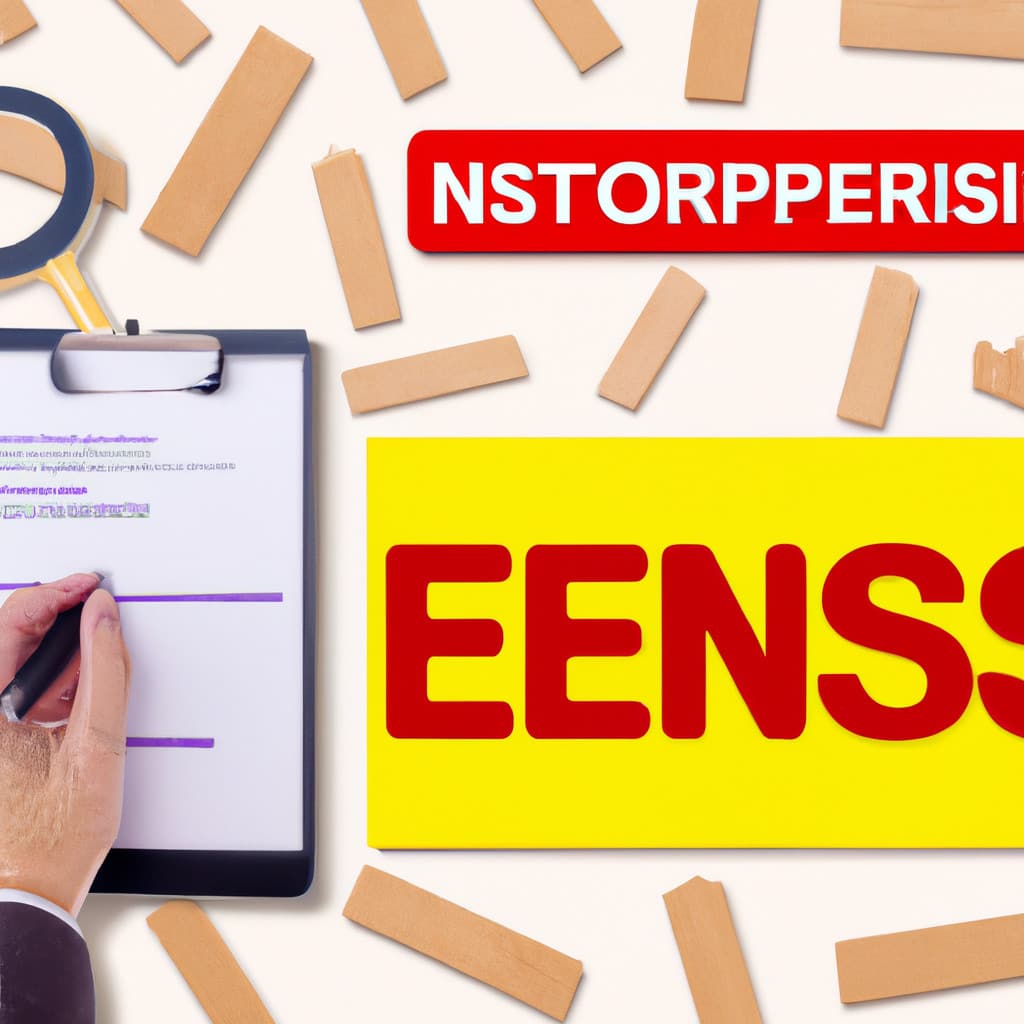5 Steps to Effectively Run a PowerShell Command in Python
Have you ever wondered how to expand your Python programming capabilities by incorporating PowerShell commands? Today, we will be diving into the integration of PowerShell and Python to create powerful, synergistic scripts. By following these five simple steps on how to run a PowerShell command in Python, you’ll be well on your way to writing more efficient and robust code.
Step 1: Understanding the Basics
Before we dive into the specifics, it’s essential to understand the basics of both PowerShell and Python. PowerShell is a task-based scripting language and command-line interface designed primarily for managing Windows environments. On the other hand, Python is a high-level, general-purpose programming language with extensive library support and simple yet powerful syntax.
Running PowerShell commands within Python allows programmers to harness the power of both languages to automate tasks, streamline workflows, and perform complex system operations.
Step 2: Choose Your Method
There are multiple ways to execute PowerShell commands within Python. The two most popular methods are:
1. Utilizing the `subprocess` library
2. Leveraging the `pypsrp` library
Each method has its advantages and disadvantages, which we will explore below.
A. Using the Subprocess Library
The Python built-in `subprocess` library enables you to spawn new processes, connect to their input and output streams, and obtain their return codes. This method is considered more straightforward than using the `pypsrp` library but may lack some features that PowerShell users are accustomed to.
Here’s an example of calling a simple PowerShell command using the `subprocess` library:
“`python
import subprocess
command = “Get-ChildItem C:\”
result = subprocess.run([“powershell.exe”, command], capture_output=True, text=True)
print(result.stdout)
“`
B. Leveraging the Pypsrp Library
The `pypsrp` library allows for remote PowerShell interactions in Python, providing a more native PowerShell experience with support for features such as pipelines, remote sessions, and error handling. However, this method requires additional library installation and may prove less intuitive for those new to PowerShell.
Here’s an example of calling a simple PowerShell command using the `pypsrp` library:
“`python
from pypsrp.powershell import PowerShell, RunspacePool
from pypsrp.wsman import WSMan
conn = WSMan(server=”localhost”, ssl=False)
with RunspacePool(conn) as pool:
ps = PowerShell(pool)
ps.add_script(“Get-ChildItem C:\”)
ps.invoke()
print(ps.output)
“`
Step 3: Optimize Your Code with Error Handling
Regardless of the method you choose to run a PowerShell command in Python, ensuring proper error handling is crucial. This will help prevent your script from crashing unexpectedly and provide more informative error messages for debugging purposes.
For example, when using the `subprocess` method, you can add error handling like this:
“`python
import subprocess
command = “Get-ChildItem C:\”
result = subprocess.run([“powershell.exe”, command], capture_output=True, text=True)
if result.returncode == 0:
print(result.stdout)
else:
print(f”An error occurred: {result.stderr}”)
“`
Similarly, with the `pypsrp` method, you can add error handling as follows:
“`python
from pypsrp.powershell import PowerShell, RunspacePool
from pypsrp.wsman import WSMan
conn = WSMan(server=”localhost”, ssl=False)
with RunspacePool(conn) as pool:
ps = PowerShell(pool)
ps.add_script(“Get-ChildItem C:\”)
ps.invoke()
if not ps.had_errors:
print(ps.output)
else:
print(f”An error occurred: {ps.streams.error[0]}”)
“`
Step 4: Implement Advanced Techniques
As you become more comfortable with running PowerShell commands in Python, you can explore advanced techniques to further optimize your scripts. These may include:
– Using complex PowerShell commands and functions
– Developing custom Python functions to call PowerShell commands
– Running multiple commands in a single session or pipeline
These advanced techniques allow for even greater integration between the two languages, providing endless possibilities for automation and system management.
Step 5: Test and Iterate
Finally, don’t forget to test and iterate on your PowerShell-Python fusion scripts continually. As with any programming endeavor, refining your code to maximize efficiency, readability, and resiliency is an ongoing process.
By systematically following these five steps, you’ll unlock the full potential of integrating PowerShell and Python in your workflow. With practice and persistence, you can master how to run a PowerShell command in Python and reap the benefits of this powerful combination. Whether you’re managing large-scale networks or developing cutting-edge applications, the synergy between PowerShell and Python is a valuable tool in your arsenal.
How can I execute a PowerShell command within Python script and collect the output?
You can execute a PowerShell command within a Python script and collect the output by using the `subprocess` module. Here’s an example of how you can achieve that:
“`python
import subprocess
# Define your PowerShell command as a string
command = “Get-ChildItem”
# Execute the command using the subprocess module
result = subprocess.run([“powershell.exe”, command], capture_output=True, text=True)
# Collect the output
output = result.stdout
# Print the output
print(output)
“`
In this example, we are using the Get-ChildItem command. Replace this command with the desired PowerShell command you want to execute.
Keep in mind that this will only work if your system has PowerShell installed and accessible through the “powershell.exe” command.
What is the most efficient method for running PowerShell commands in Python on multiple platforms?
The most efficient method for running PowerShell commands in Python on multiple platforms is by using the subprocess module. This module allows you to spawn new processes, connect to their input/output/error pipes, and obtain their return codes. The following example demonstrates how to execute a simple PowerShell command using the subprocess module:
“`python
import subprocess
# Define the PowerShell command
command = “Get-ChildItem”
# Run the command using subprocess
result = subprocess.run([“powershell.exe”, “-Command”, command], capture_output=True, text=True)
# Print the output
print(result.stdout)
“`
This method works well on both Windows and Unix systems. However, on Unix-based systems, you must have the PowerShell Core installed to execute PowerShell commands. You can find more information about installing PowerShell Core on Unix systems here: https://docs.microsoft.com/en-us/powershell/scripting/install/installing-powershell-core-on-linux?view=powershell-7.1
Are there any specific Python libraries or modules that facilitate the integration of PowerShell command-line functionality in a Python script?
Yes, there are specific Python libraries that facilitate the integration of PowerShell command-line functionality in a Python script. One such library is the subprocess module. The subprocess module allows you to spawn new processes, connect to their input/output/error pipes, and obtain their return codes.
To integrate PowerShell command-line functionality, you can use the subprocess module to execute PowerShell commands within your Python script. For example:
“`python
import subprocess
# Define the PowerShell command you want to run
powershell_command = “Get-ChildItem”
# Use the subprocess module to run the PowerShell command
process = subprocess.Popen([“powershell.exe”, powershell_command], stdout=subprocess.PIPE, stderr=subprocess.PIPE)
# Capture the output and errors (if any)
stdout, stderr = process.communicate()
# Display the results
print(f”Output: {stdout.decode(‘utf-8’)}”)
if stderr:
print(f”Error: {stderr.decode(‘utf-8’)}”)
“`
In this example, we used the subprocess.Popen() method to run the PowerShell command ‘Get-ChildItem’. The module captures the output and errors, which can then be displayed or processed further in your Python script.

